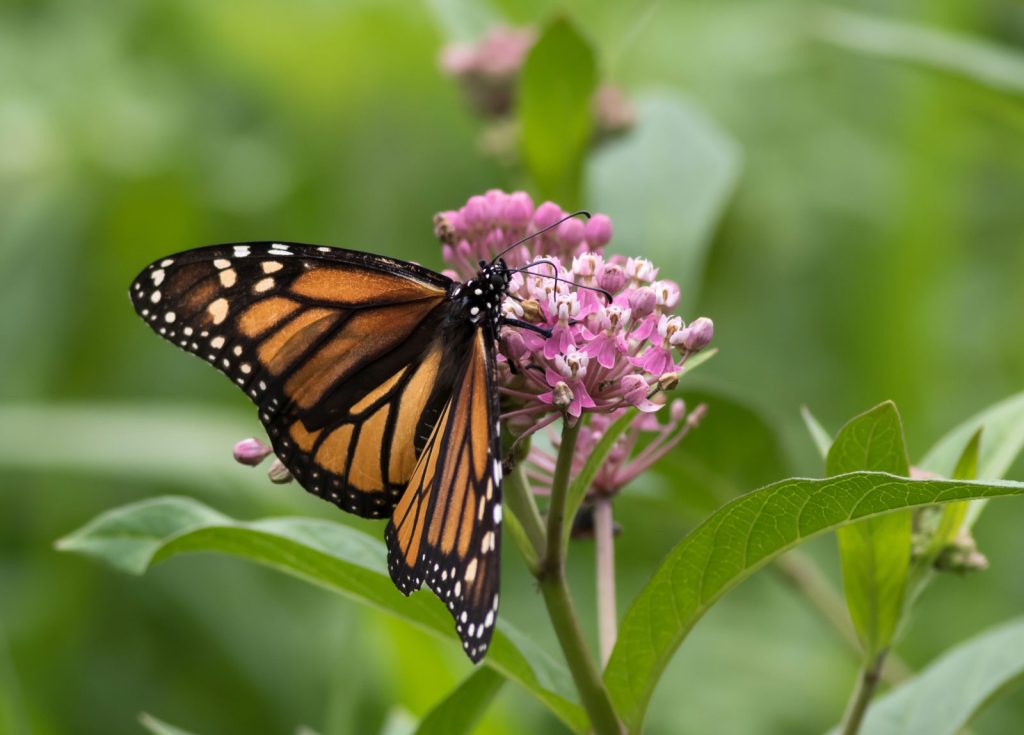
In the realm of conservation, there’s a humble hero quietly thriving – Milkweed. This botanical spotlight aims to unveil the wonders of this native plant, shedding light on its unique characteristics and the ecological benefits that make it a cornerstone in conservation projects.
Milkweed, often overlooked, plays a crucial role in supporting biodiversity. Its intricate flowers and leaves provide essential habitat and nourishment for many insects and birds. Monarch butterflies, in particular, rely on Milkweed as a primary host plant for their larvae, making it an indispensable component in their life cycle.
Beyond its role in supporting specific species, Milkweed contributes to the broader ecosystem. Its deep roots help prevent soil erosion, promoting soil health and stability. This unassuming plant also boasts impressive water retention abilities, aiding in the conservation of water resources in various habitats.
Conservationists are increasingly recognizing the value of Milkweed in restoration projects. By incorporating this native species into landscape designs, they are not only enhancing biodiversity but also fostering resilient ecosystems. The spotlight on Milkweed showcases its potential to be a catalyst for positive change in environmental preservation efforts.
As we delve into the wonders of Milkweed, it becomes evident that the conservation landscape is richer when we appreciate the significance of seemingly ordinary species. By recognizing and protecting the habitats of native plants like Milkweed, we take a crucial step towards preserving biodiversity and creating a healthier, more sustainable environment.
